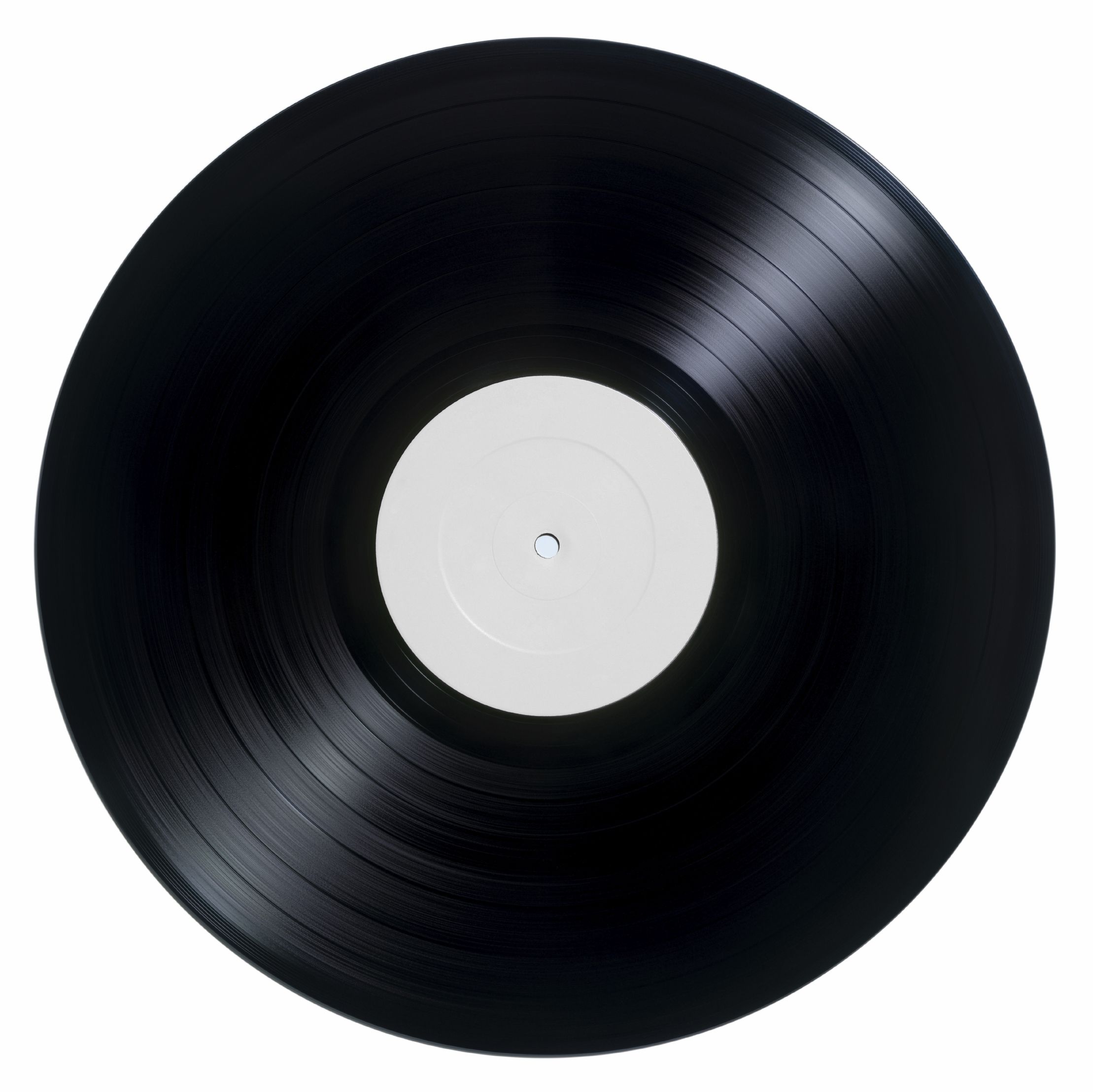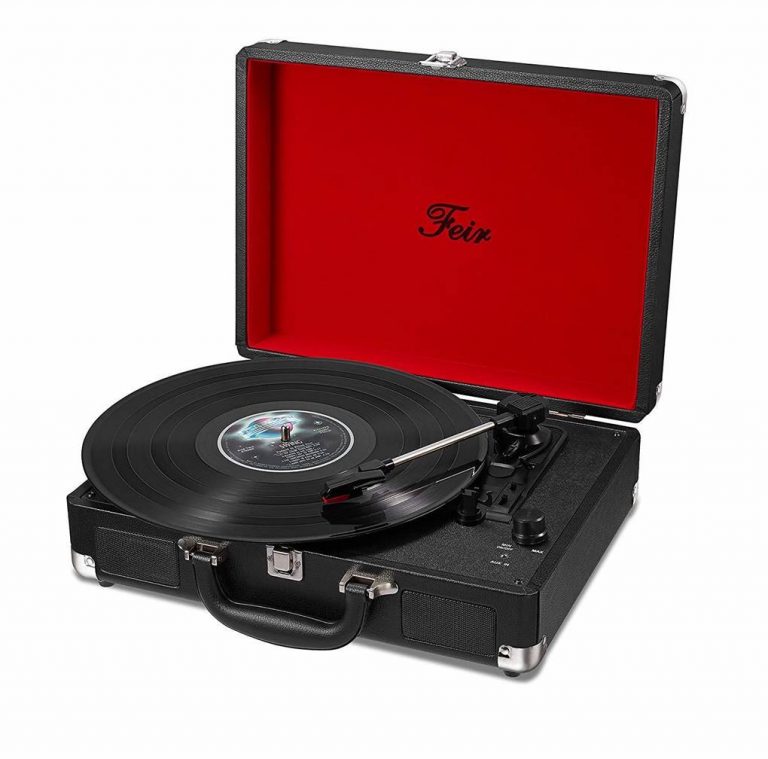

In order to keep the record playing as the craft rose, Carrico had to figure out how to keep the grooves from warping. The Icarus craft is essentially a heavy-duty, custom-made turntable. “Vinyl has a rather low melting point (160☏), and without air to keep things cool, you could wind-up with a lump of melted plastic on your hands if a record is exposed to the sun for too long.” “As you rise higher and higher into the thinning atmosphere, temperature and increasing vacuum (lack of air) can cause issues,” Carrico says in a statement. While audiophiles may praise vinyl for its sound quality, Icarus designer Kevin Carrico knew that the extreme environmental conditions found at the edge space would not be kind to the record, The Guardian reports. In order to get the record to accurately play a song in a near-vacuum, engineers working on the Icarus Craft first had to make sure that the record could actually play. Getting a vinyl record to play in the stratosphere took some serious engineering.

But last month in the skies above rural Idaho, a record actually played in the edge of space for the first time. On July 2, a record and turntable commissioned by musician Jack White’s Third Man Records was carried up to the stratosphere in a high altitude balloon and successfully played a song sampling Carl Sagan himself before returning back to Earth. Designed in part by Carl Sagan, the record contained instructions for any extraterrestrials who might encounter the probe at some point to build a record player to listen to it, but the record itself did not play during Voyager's journey. When Voyager I was launched in 1977, it contained a golden record imprinted with images and sounds showcasing life on Earth.


 0 kommentar(er)
0 kommentar(er)
